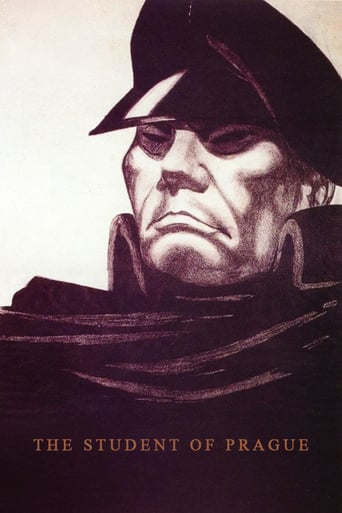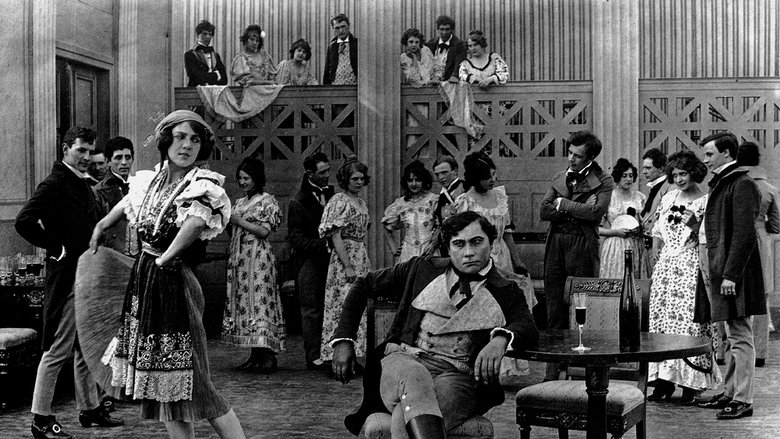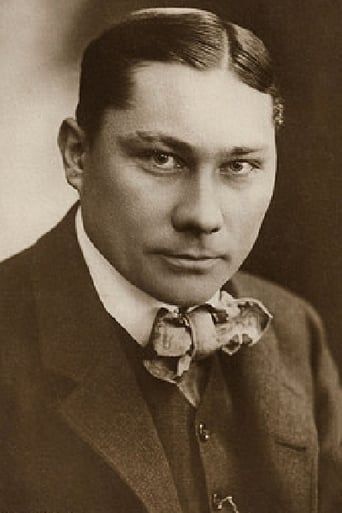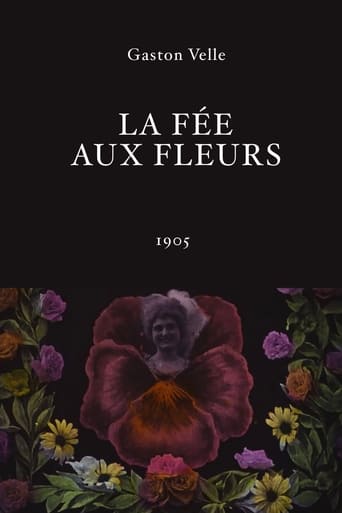Prague, Bohemia, 1820. Balduin, a penniless student, falls in love with Countess Margit, a wealthy noblewoman whom he has saved from drowning.


Similar titles

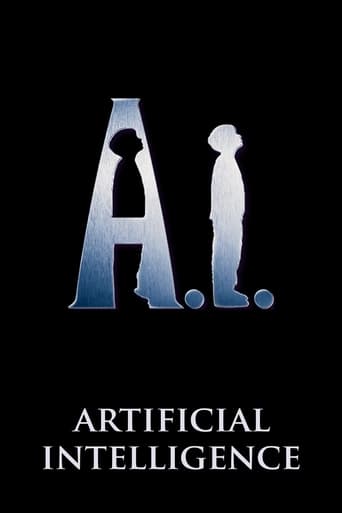
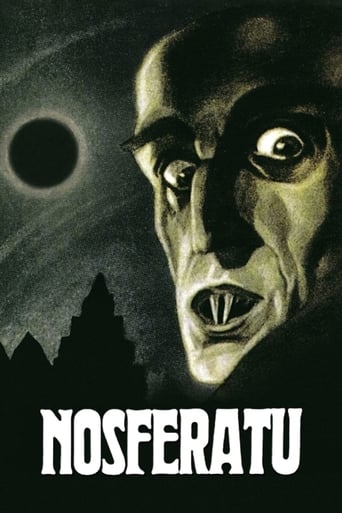
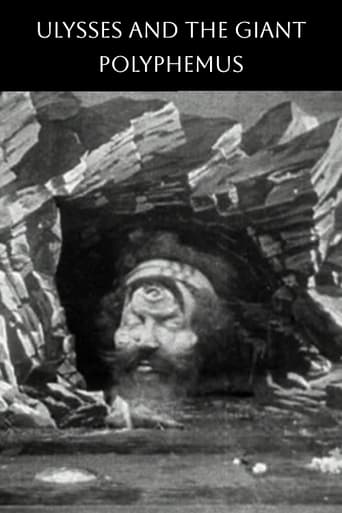
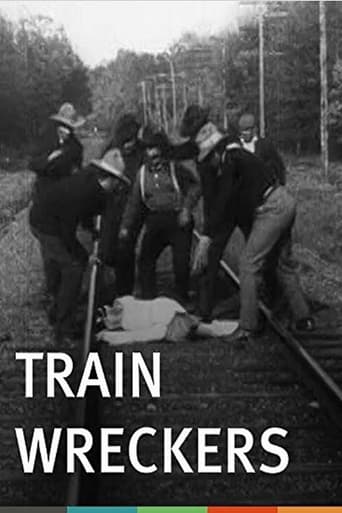

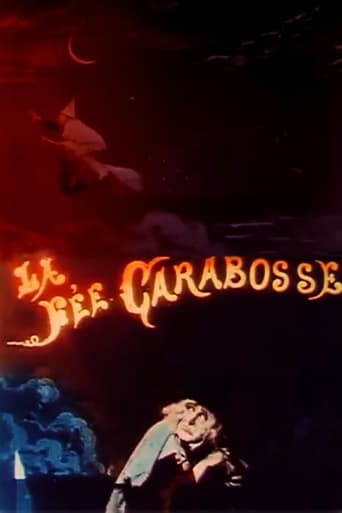

Reviews
The Student of Prague tells the story of young Balduin, a charismatic and devoted "swordsman" who is a bit out his luck in the financials and gets a bit morose as a result. Along comes creepy old Scapinelli who eventually (20 minutes into the film) strikes a deal with Balduin which grants him anything he wants in exchange for a large sum of gold. This is the real meat of the story, but unfortunately seems more like a subplot to the romance that too often takes centre stage between Balduin and a rich countess named Margit. What results is a sporadically engrossing "horror" movie mixed with a very slow-moving and tepid romance which goes nowhere. By the time we get to the film's inevitable conclusion, we realize it could have been told in half the time and with greater results had it not devoted much of its time to going nowhere with a love story that neither develops nor endears. Sure, Paul Wegener's loose adaptation of Edgar Allan Poe's William Wilson is an important one in terms of independent, expressionist cinema, but is it worth watching now? Not really. You're better going straight to Caligari rather than stopping by to read the history of each bus stop on the way. It's occasionally interesting, and somewhat of a maverick for the times, but too mundane and plodding on the whole to make it the classic it ought to be.
In watching this film last night, instantly comparisons came to mind with the 1927 version starring Conrad Veidt.Overall, I believe it compares pretty favorably. First of all, it's not such a downer. The Veidt version starts with a picture of his character's gravestone. It also ends with the gravestone.This one starts with a scene in the courtyard of the college. A lot of extras were used in this scene.Another thing this one has over the later version is it's better at explaining what's going on. In one scene, Paul Wegener's double goes to kill the girl's Wegener likes' fiancée and you have a nice title card explaining that. The later version does not.It's also interesting to see Wegener in his pre-Golem days. I wouldn't call him handsome, but he doesn't look anywhere near as fierce.Still another thing this version has over the latter one is the appearance of Scapanelli. Poor doomed John Gottowot looks much more like an evil presence than the one in the latter version.Wegener's death scene is nowhere near as spectacular as Veidt's in the latter version. In fact, in watching this, I thought he had stabbed himself, but I wasn't sure until Wegener fell to the ground.Gottowot is in the final scene and he pulls it off really, really well. I'll let you see what I'm talking about.Overall, I liked it quite a bit, better than the Veidt version.
Those engaging the movie camera so early in the century must have figured out some of its potential very early on. This is a good story of a playboy type who needs money and inadvertently sells his soul to Satan for a lot of money. Unfortunately, the soul is his double and he must confront him frequently, tearing his life apart. There are some wonderful scenes with people fading out and, of course, the scenes when the two are on the stage at the same time. The middle part is a bit dull, but the Faustian story is always in the minds of the viewer. One thing I have to mention is the general unattractiveness of the people in the movie. Also, they pretty much shied away from much action which would have at least given some life to the thing. I first was made aware of this movie about 25 years ago and have finally been able to see it. I was not disappointed.
"The Student of Prague" is an early feature-length horror drama or, rather, it is an "autorenfilm" (i.e. an author's film). It's a piece of a movement of many movements that tried to lend cultural respectability to cinema, or just make a profit, by adapting literature or theatre onto the screen. Fortunately, the story of this book with moving pictures is good. Using Alfred de Musset's poem and a story by Edgar Allen Poe, it centers on a doppelgänger theme.Unfortunately, the most cinematic this film gets is the double exposure effects to make Paul Wegener appear twice within scenes. Guido Seeber was a special effects wizard for his day, but he's not very good at positioning the camera or moving it. Film scholar Leon Hunt (printed in "Early Cinema: Space, Frame, Narrative"), however, has made an interesting analysis on this film using framing to amplify the doubles theme: characters being split by left/right, near/far and frontal/diagonal framing of characters and shots. Regardless, the film mostly consists of extended long shots from a fixed position, which is noticeably primitive. Worse is the lack of editing; there's very little scene dissection and scenes linger. None of this is unusual for 1913, but there were more advanced pictures in this respect around the same time, including the better parts of "Atlantis" (August Blom, 1913), "Twilight of a Woman's Soul" (Yevgeni Bauer, 1913) and the short films of D.W. Griffith.An expanded universal film vocabulary by 1926 would allow for a superior remake. Furthermore, the remake has a reason for the Lyduschka character--other than being an occasional troublemaker and spectator surrogate. Here, the obtrusively acted gypsy lurks around, seemingly, with a cloak of invisibility. I know their world is silent to me, but I assume, with their lips moving and such, that their world would not be silent to them, so how can Lyduschka leer over others' shoulders and not be noticed?Nevertheless, this is one of the most interesting early films conceptually. Wegener, who seems to have been the primary mind behind it, in addition to playing the lead, would later play the title role and co-direct "The Golem" in 1920--helping to further inaugurate a dark, supernatural thread in German silent cinema.(Note: The first version I viewed was about an hour long (surely not quite complete) and was in poor condition, with faces bleached at times and such. I'm not sure who was the distributor. I've also since seen the Alpha DVD, which, at 41 minutes, is missing footage present in the aforementioned print and also has fewer and very different title cards, but is visually not as bad. The repetitive score is best muted, though.)
